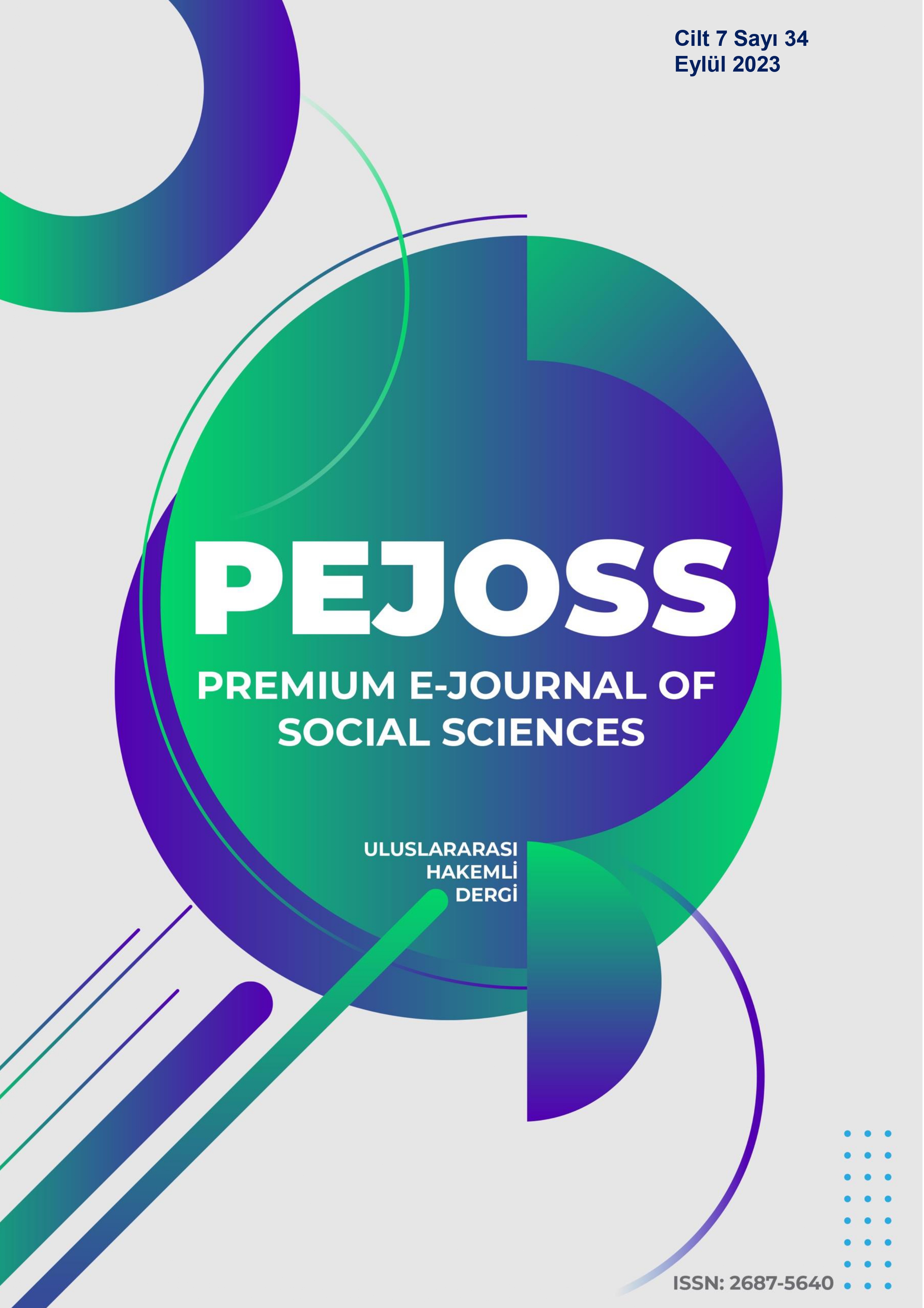A Rereading of Charlotte Brontë’s Female Characters: Lucy Snowe and Jane Eyre
DOI:
https://doi.org/10.5281/zenodo.8404876Keywords:
Charlotte Brontë, Villette, Jane Eyre, gender rolesAbstract
Producing some of the classic novels of Victorian literature, Charlotte Brontë is celebrated for her exploration of several themes such as social relations, gender roles, morality, and religion. Brontë creates her works in an era which is dominated by the concept of “separate spheres,” which enforces that women and men have distinct places in society. Within this context, the Victorian woman is often idealized as the “angel in the house,” and expected to be virtuous, submissive and patient. Any deviation from these standards is regarded as unconventional and masculine. Questioning these rigid gender roles, Brontë challenges the dominant Victorian ideals of womanhood both in Villette and Jane Eyre, and creates female characters who possess inner strength and strive to define their own identities. The aim of this paper is, thus, to reread Charlotte Brontë’s portrayal of exceptional female characters and analyse how their forthrightness, independent travels and intellectual curiosity are regarded as masculine by Victorian standards.
Downloads
References
Brontë, C. (2008a). Jane Eyre. Oxford University Press.
Brontë, C. (2008b). Villette. Oxford University Press.
Danahay, M. A. (2005). Gender at Work in Victorian Culture. Ashgate.
Davidoff, L. (1979). Class and Gender in Victorian England: The Diaries of Arthur J. Munby and Hannah Cullwick. Feminist Studies, 5(1), 23-39.
Fisk, N. P. (2008). ‘I heard her Murmurs’: Decoding Narratives of Female Desire in Jane Eyre and Secresy. Brontë Studies, 33(3), 218-231.
Gaskell, E. (1997). The Life of Charlotte Brontë. Penguin.
Gilbert, S. M. (1977). Plain Jane’s Progress. Signs, 2(4), 779-804.
Gilbert, S. M., Gubar S. (2000). The Madwoman in the Attic: the Woman Writer and the Nineteenth-Century Literary Imagination. Yale University Press.
Haller, E. K. (2010). Perception and Suppression of Identity in Villette. Brontë Studies, 35(2), 149-159.
Hofstede, G. (1998). Masculinity and Femininity: The Taboo Dimension of National Cultures. Sage Publications.
Jung, S. (2007). Charlotte Brontë’s Jane Eyre, The Female Detective and the ‘Crime’ of Female Selfhood. Brontë Studies, 32(1), 21-30.
Jung, S. (2010). Curiosity, Surveillance and Detection in Charlotte Brontë’s Villette. Brontë Studies, 35(2), 160-171.
Langland, E. (1992). Nobody's Angels: Domestic Ideology and Middle-Class Women in the Victorian Novel. PMLA, 107(2), 290-304.
Lydon, S.. (2010). Abandoning and Re-inhabiting Domestic Space in Jane Eyre, Villette and Wide Sargasso Sea. Brontë Studies, 35(1), 23-29.
Lydon, S. (2009). The Gendering of Art and Science in Charlotte Brontë’s Villette. Brontë Studies, 34(1), 20-30.
Moglen, H. (1984). Charlotte Brontë: The Self Conceived. University of Wisconsin Press.
Poovey, M. (1989). Uneven Developments: The Ideological Work of Gender in Mid-Victorian England. Virago.
Shaw, M. L. (1994). Narrative Surveillance and Social Control in Villette. Studies in English Literature, 1500-1900, 34(4), 813-833.
Shuttleworth, S. (1996). Charlotte Brontë and Victorian Psychology. Cambridge University Press.
Downloads
Published
How to Cite
Issue
Section
License
Copyright (c) 2023 Premium e-Journal of Social Science (PEJOSS)

This work is licensed under a Creative Commons Attribution 4.0 International License.


